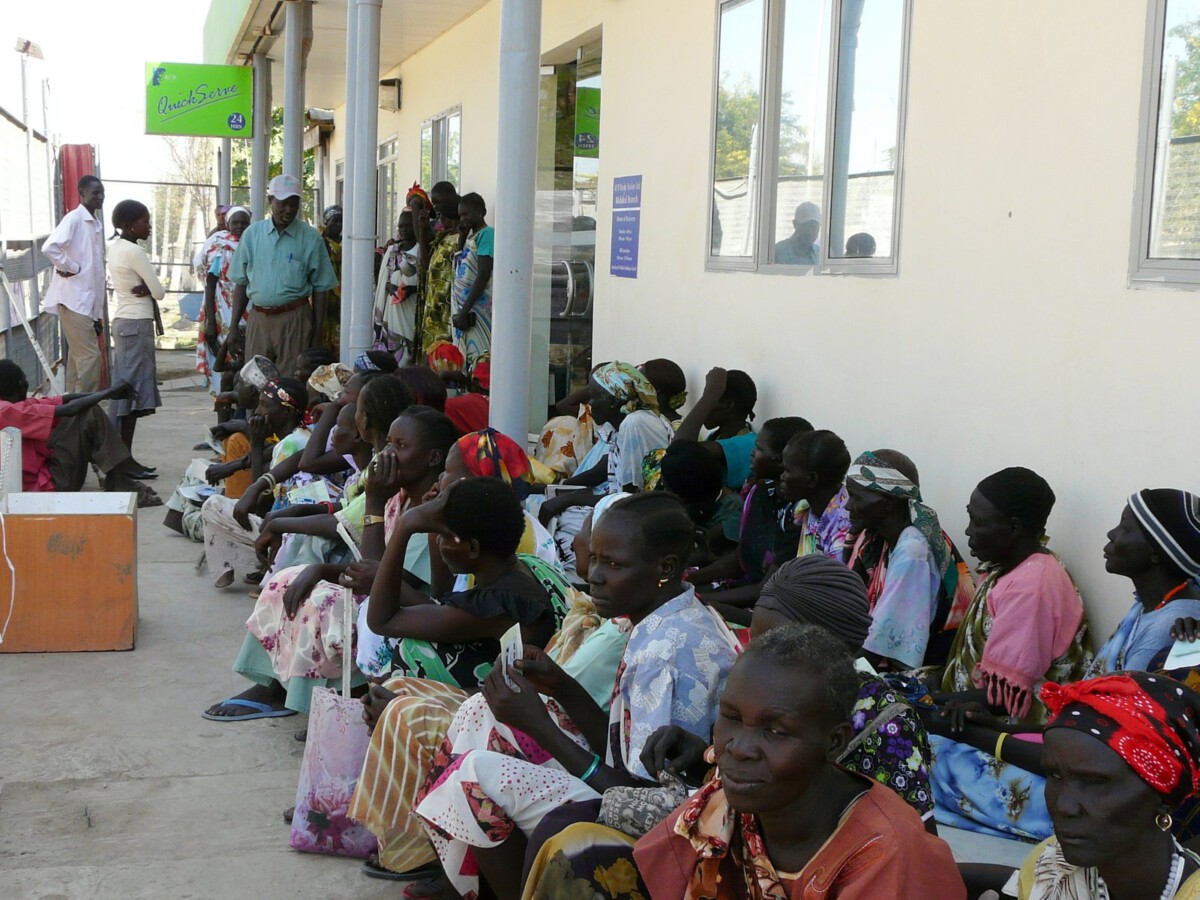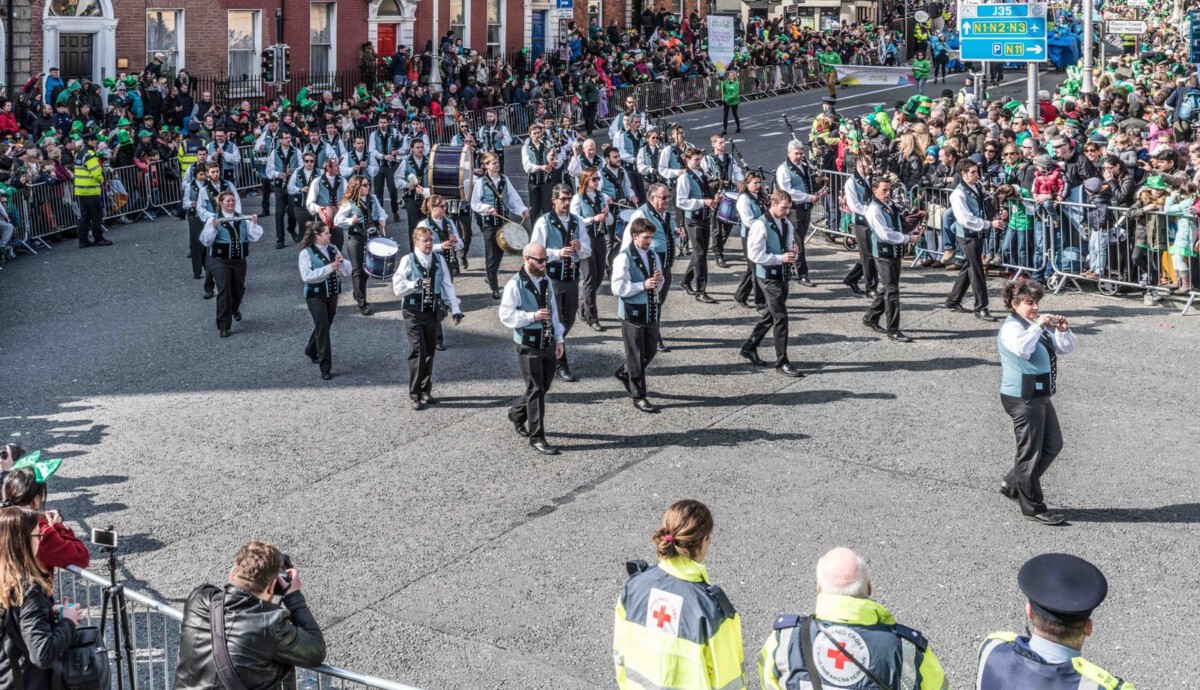Federal Forces Clash With Local Opposition in Sanctuary City
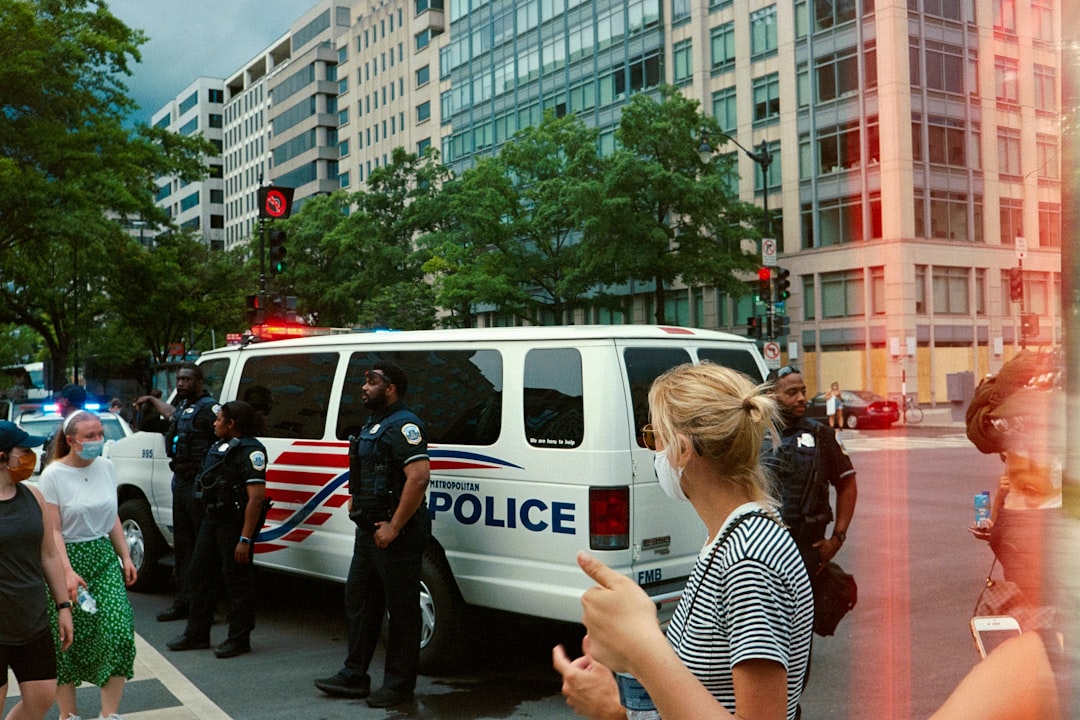
Los Angeles transformed into a battleground between federal law enforcement and local authorities when on June 6, 2025, protests began in Los Angeles after Immigration and Customs Enforcement (ICE) agents raided several city locations to arrest individuals allegedly involved in illegal immigration to the United States. The raids struck at the heart of what had become one of the nation’s most prominent sanctuary cities. LA is home to more than 1.35 million immigrants, meaning 1 out of every 3 residents is an immigrant, according to the LA government in 2024. And as of last November, LA is a self-designated sanctuary city — which limits the local government from cooperating with federal immigration authorities, including prohibiting the sharing of data or the use of city employees for immigration enforcement. When federal agents in tactical gear began sweeping through immigrant neighborhoods, the city erupted in protests that would reshape the immigration debate nationwide.
Military-Style Operations Create Unprecedented Fear
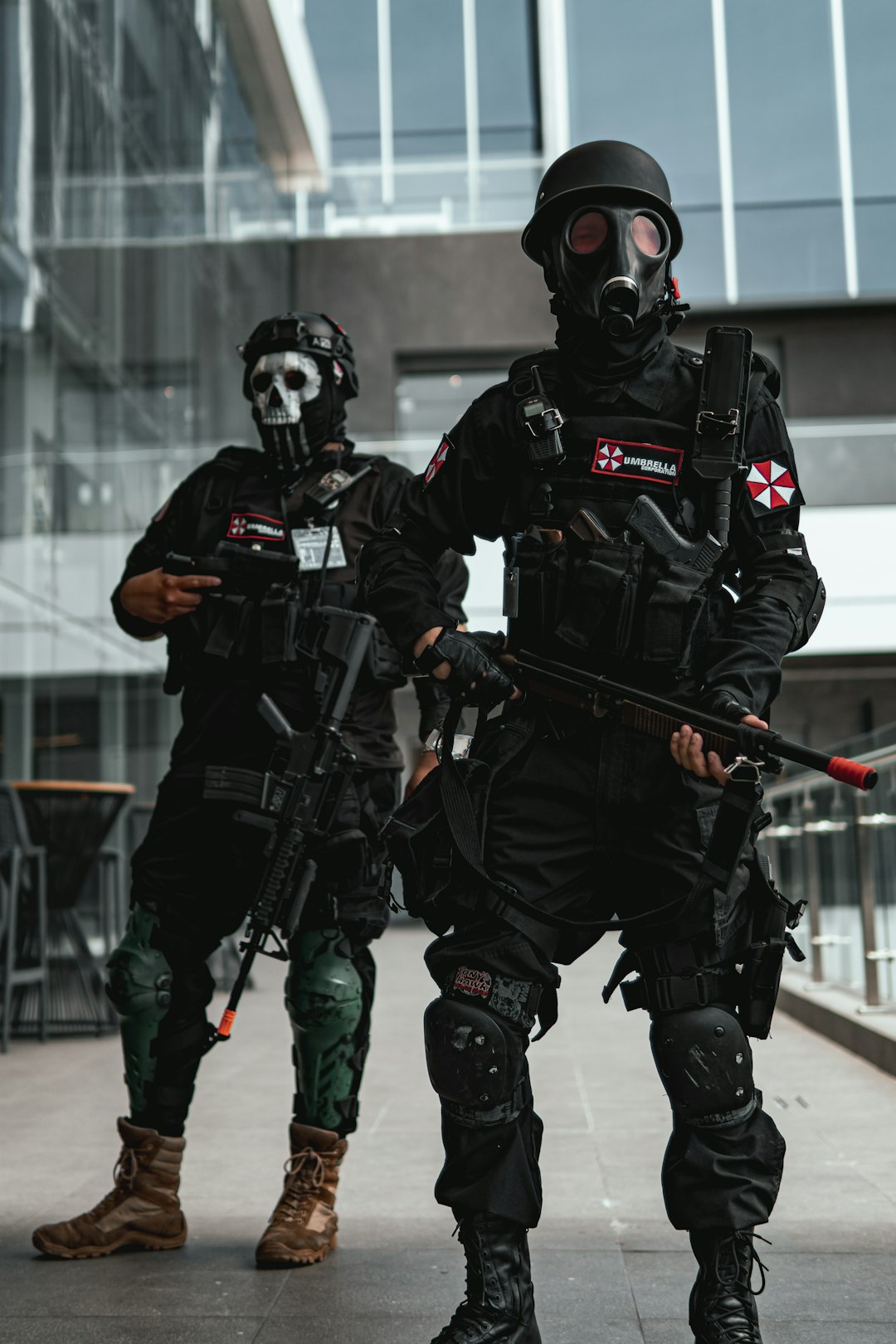
What sets these raids apart from typical civil enforcement actions was their military-style execution, experts say. According to witnesses, legal observers and advocacy groups, federal agents involved in the operations were heavily armed and dressed in tactical gear, with some wearing camouflage and carrying rifles. Agents arrived in unmarked black SUVs and armoured vehicles and, at certain points, sealed off entire streets around targeted buildings. The tactics shocked residents who had grown accustomed to routine enforcement operations. The masked agents pull up quickly. They jump out of unmarked vans or trucks. They wear blue jeans or battle fatigues. They approach Latino men, at times yelling and carrying assault rifles. When someone runs, they’re taken.
Marine Presence Sparks Constitutional Crisis
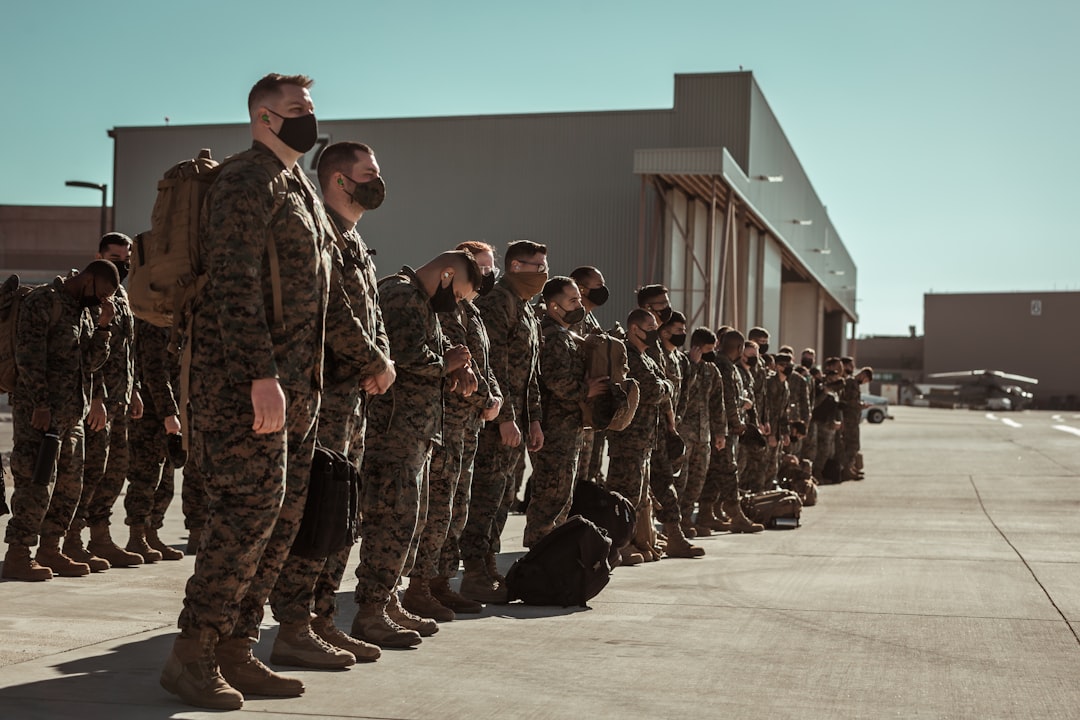
President Trump’s deployment of Marines to Los Angeles marked an extraordinary escalation in federal immigration enforcement. Around 700 Marines have been activated. The Pentagon scrambled to create operational guidelines for the Marines, who faced an unprecedented domestic deployment. On June 9, the president authorized the deployment of an additional 2,000 National Guard members, and the Pentagon activated 700 Marines to deploy to the city, who arrived the next day. Legal scholars questioned the president’s authority for such a deployment, with multiple experts describing the legal rationale as dubious and potentially dangerous.
Local Leaders Challenge Federal Authority

Mayor Karen Bass emerged as one of the most vocal opponents of the federal operation, directly confronting ICE agents during raids. Bass, who has been a vocal opponent of immigration raids in the city, appeared at the scene and demanded to speak with ICE leadership when agents were conducting an operation near MacArthur Park on Monday. “They need to leave, and they need to leave right now. They need to leave because this is unacceptable!” Bass said at the scene. Her confrontational approach drew both praise from immigration advocates and fierce criticism from federal officials. Mayor slams deployment: Mayor Karen Bass said the city is being “used for an experiment” by the federal government as they bring in military forces, and a “test case” for taking power away from local authorities. She pushed back against comments that LA is being “invaded and occupied by illegal aliens and criminals,” saying that things had been peaceful until the federal government intervened.
Massive Arrest Numbers Reveal Operation Scale
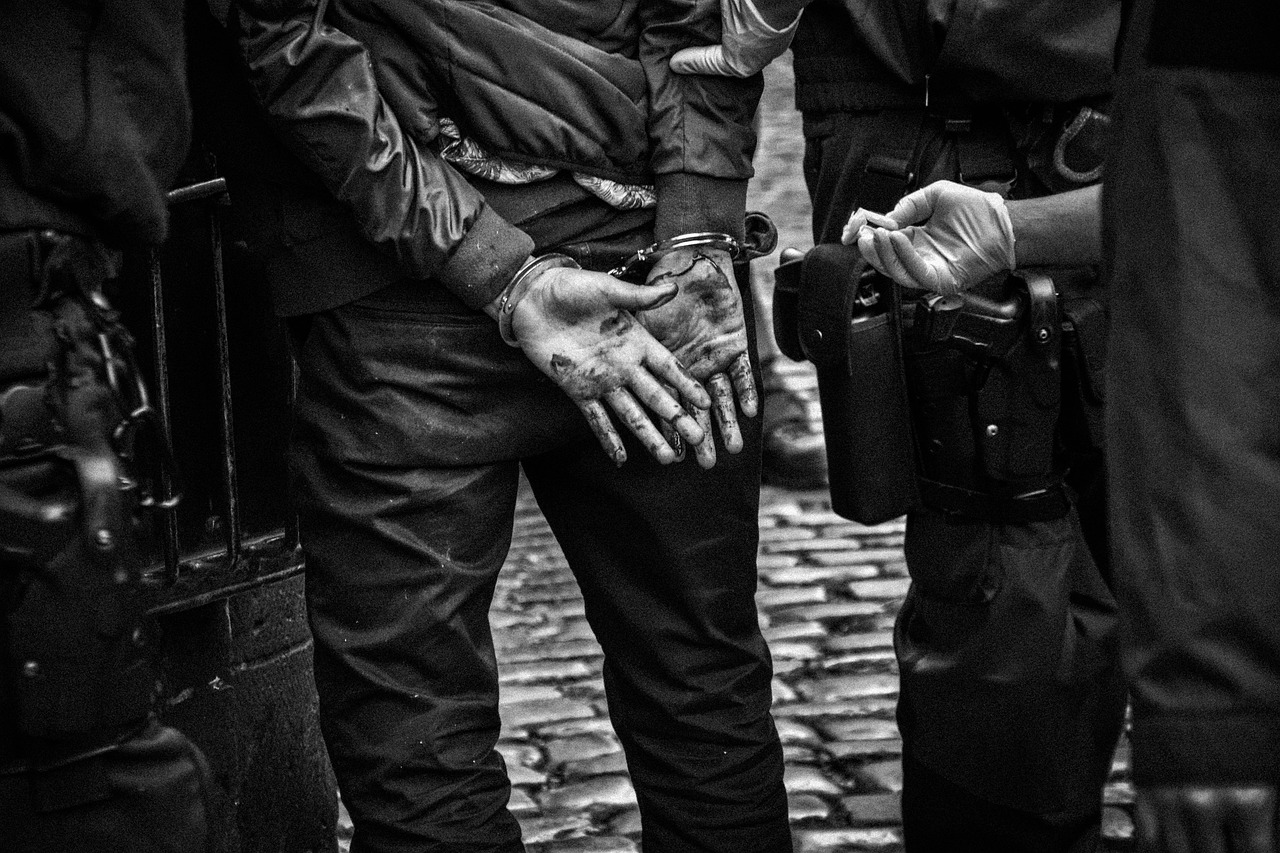
The scope of ICE operations far exceeded typical enforcement efforts. From June 1 through June 10 this year, ICE apprehended 722 people in the Los Angeles area, according to government figures obtained and shared by the Deportation Data Project, a group of academics and lawyers. More than half of the cases — 417 — were classified as immigration violations. By late June, the numbers climbed even higher. Between June 6 and June 22, immigration enforcement teams arrested 1,618 immigrants for deportation in Los Angeles and surrounding regions of Southern California, the Department of Homeland Security confirmed to CalMatters last week. The overwhelming majority of those detained had no serious criminal convictions beyond immigration violations.
Controversial Criminal Justice Claims

Federal officials highlighted arrests of dangerous criminals, but internal data revealed a different story. More than 75% of people booked into ICE custody in fiscal year 2025 had no criminal conviction other than an immigration or traffic-related offense, according to ICE records from October through the end of May. And less than 10% were convicted of serious crimes like murder, assault, robbery or rape. Despite this, the Department of Homeland Security (DHS) published additional information about some of the worst of the worst criminal illegal aliens arrested during Immigration and Customs Enforcement’s (ICE) Los Angeles operation. “Why do Governor Newsom and Los Angeles Mayor Karen Bass care more about violent murderers and sex offenders than they do about protecting their own citizens?” said Assistant Secretary Tricia McLaughlin. “These rioters in Los Angeles are fighting to keep rapists, murderers, and other violent criminals loose on Los Angeles streets. Instead of rioting, they should be thanking ICE officers every single day who wake up and make our communities safer.”
Economic Devastation Spreads Through Immigrant Communities

The raids created a massive economic impact that rippled through Los Angeles neighborhoods. Visitors are down 45%, Rodriguez said, meaning 10,000 or 12,000 fewer shoppers a day and massive losses in revenue for what he said was one of the economic drivers of Los Angeles. In the Fashion District, businesses reported catastrophic losses. Christopher Perez said his fashion store — where he said he and all his workers are citizens or in the country legally — has seen a 50% drop in sales, even though they are open. Medina said her sales have plummeted 80% since early June. “There’ll be days I’ve sold $10 the whole day. That’s how bad it’s gotten,” she said. The fear extended beyond undocumented residents to anyone who might appear Latino or immigrant.
Workplace Raids Target Specific Industries

Federal agents focused heavily on workplaces that employed large numbers of immigrants. Federal agents arrested more than 40 people in workplace raids, including about two dozen employees from Ambiance Apparel in downtown LA’s Fashion District. Many of those workers formed part of a close-knit community, with ties to the same indigenous Zapotec town in Veracruz, Mexico. The targeting of specific communities created fear that reached far beyond those directly affected. The Fashion District, south of Downtown LA, had some of the first workplace immigration operations by federal agents early in June. CNN affiliate KTLA reported dozens of people were taken away from a clothing store. Workers at construction sites, car washes, and retail locations also found themselves targets of the federal operation.
Protest Movement Turns Violent
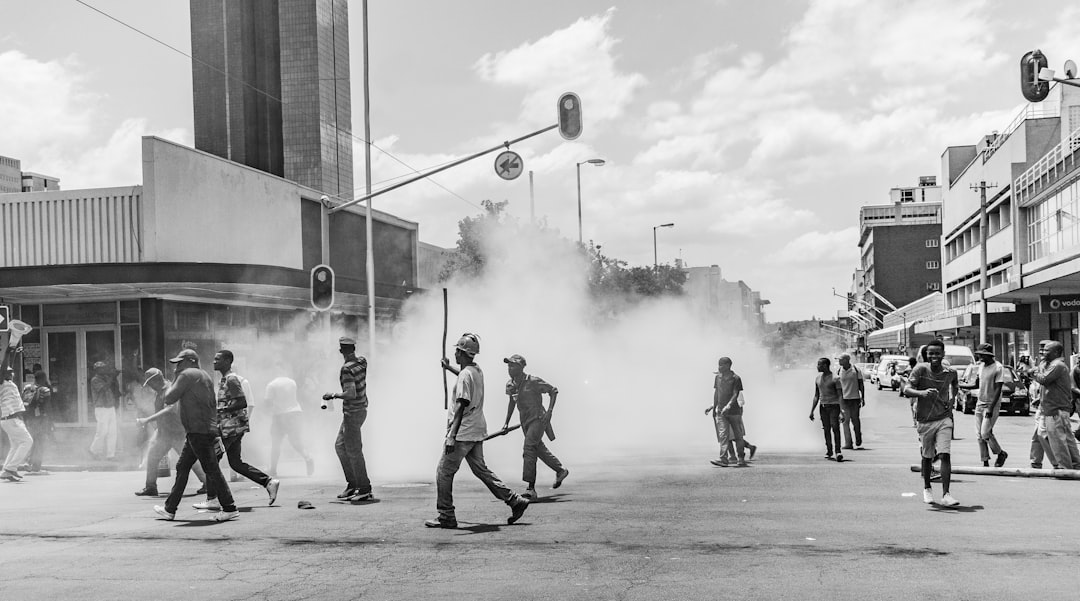
What began as peaceful demonstrations quickly escalated into violent confrontations with law enforcement. Some protests turned into riots after protestors clashed with the Los Angeles Police Department (LAPD) and ICE, but most remained peaceful and occurred within a small stretch of downtown Los Angeles. On June 7, protestors and federal law enforcement agents clashed in Paramount and Compton during raids. The violence prompted emergency measures from local authorities. Mayor Bass declared a local state of emergency and announced a curfew covering just over 1 square mile (2.6 km2) of downtown Los Angeles from 8 p.m. to 6 a.m., due to concerns over the vandalism by graffiti of 23 businesses and the looting of others. The area under curfew is bordered by the I-5, I-10, and I-110 freeways. The affected neighborhoods included Fashion District, Financial District, Skid Row, Arts District, and Chinatown.
National Guard Deployment Faces Legal Challenge

The federal takeover of California’s National Guard created an unprecedented legal battle between state and federal authorities. President Donald Trump responded by federalizing the California National Guard, calling for 2,000 guard members to deploy to the city under Joint Task Force 51. Governor Newsom challenged the deployment in court, arguing that the president lacked constitutional authority for such action. The New York Times reported that multiple legal scholars described Trump’s legal rationale for deploying the National Guard as not authorized by his cited statutes, and that he instead appeared to be declaring dubious emergencies to amass executive power. Politico described Trump’s stated legal rationale as “a flimsy and even contrived basis for such a rare and dramatic step” according to several legal scholars and potentially fueling a cycle of increasing unrest.
Marines Conduct First Civilian Detention

The presence of active-duty military personnel on American streets led to unprecedented incidents involving civilian detention. In one case, Marines in Los Angeles temporarily detained someone who walked onto federal property last month, but released him without charges, The Associated Press reported. US Marines temporarily detain Marcos Leao outside the Wilshire Federal Building in Los Angeles on Friday. Leao is an Army veteran who was on his way to an office of the Department of Veterans Affairs when he crossed a yellow tape boundary. The incident marks the first known detention by active-duty troops deployed to Los Angeles. The incident raised serious questions about the appropriate role of military forces in civilian law enforcement operations.
Immigration Courts Face Massive Backlog
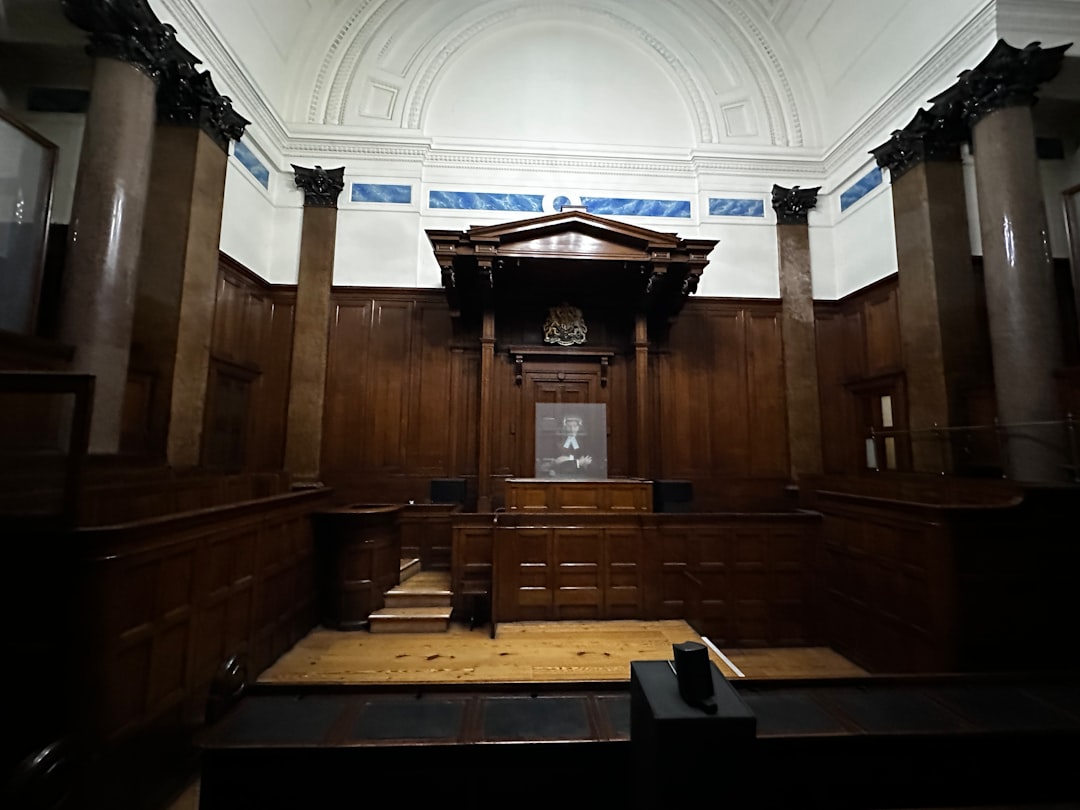
The surge in arrests created severe strain on an already overwhelmed immigration court system. Immigration detention centers are well above capacity, and the men we spoke with were almost immediately moved to an ICE tent camp in Texas and, within days, across the border to an immigration facility in Ciudad Juárez. Before the Trump administration began its mass deportation campaign, many immigrants arrested away from the border were released on bond with a notice to appear in immigration court. Those with criminal histories were typically held in detention facilities. The rapid processing and deportation of detainees raised concerns about due process rights and access to legal representation.
Federal Funding Surge Enables Massive Expansion
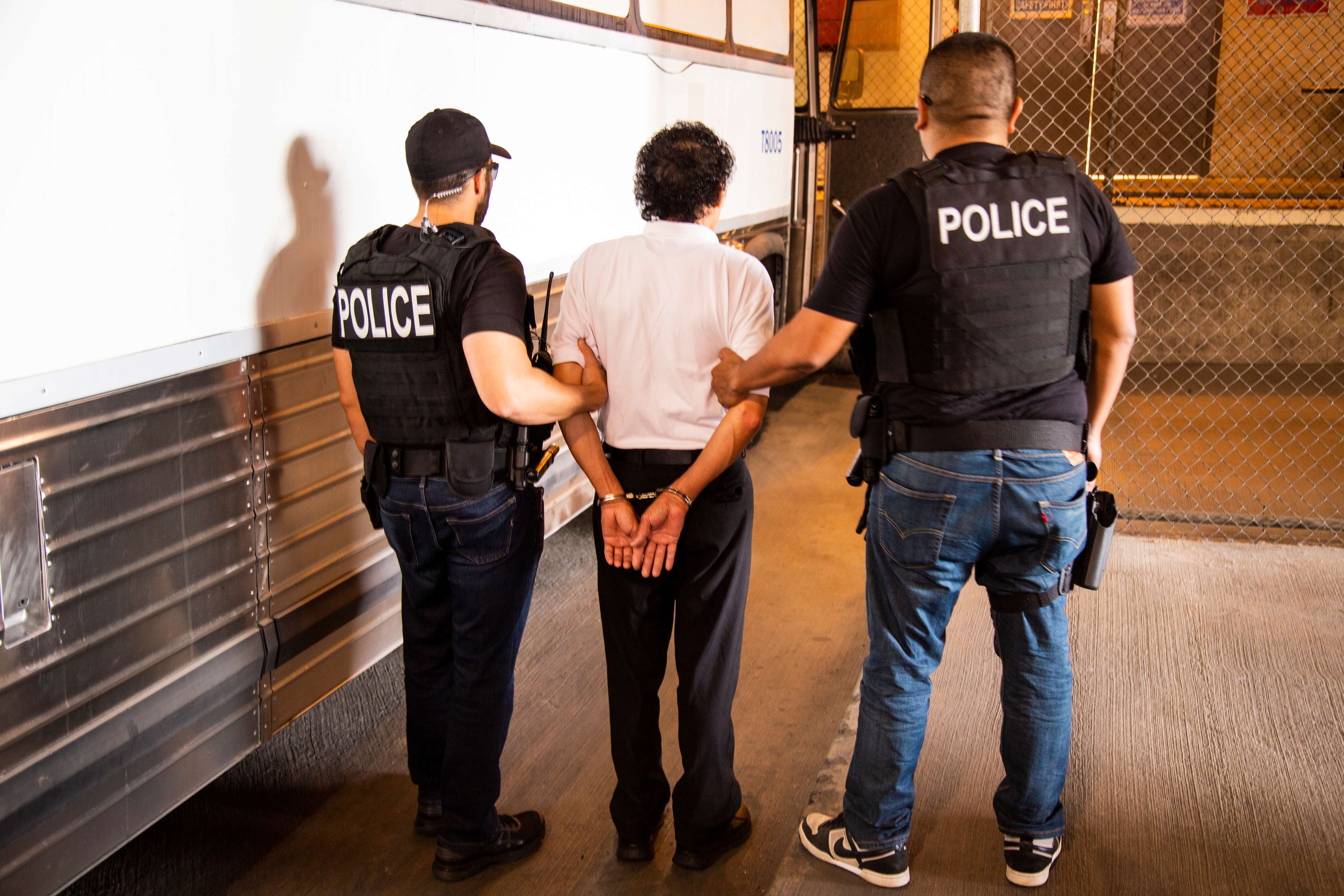
The bill stands to significantly expand the capabilities of Immigration and Customs Enforcement (ICE) and Customs and Border Patrol (CBP). Under the Senate version of the bill, the agency would receive an infusion of more than $100 billion through 2029. This funding surge represented the largest expansion of immigration enforcement capabilities in recent history. Republican plans to surge ICE’s funding comes on the heels of protests in Los Angeles that spread around the country in response to recent ICE raids and arrests in that city and elsewhere. Polls suggest a majority of Americans (54%) believe ICE operations have gone “too far.” The massive funding increase enabled the kind of large-scale operations that transformed Los Angeles into a testing ground for nationwide immigration enforcement strategy.
The events in Los Angeles marked a turning point in American immigration enforcement, with unprecedented deployment of military forces on domestic soil and a direct challenge to sanctuary city policies. The confrontation between federal and local authorities revealed deep divisions over immigration policy and raised fundamental questions about the balance of power in America’s federal system.


